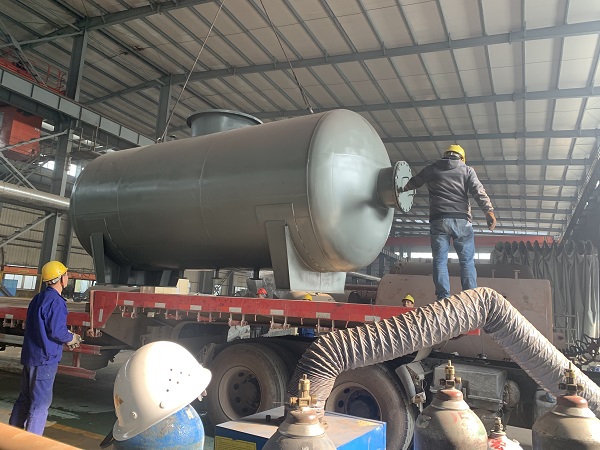Guide: A 10-ton steam boiler consumes water and discharges, and the steam boiler generates a certain amount of sewage during operation. In order to ensure the operation effect and steam quality, it needs to be discharged regularly. Therefore, the boiler's water consumption and steam production are not the same.
A 10-ton steam boiler consumes water and discharges, and the steam boiler generates a certain amount of sewage during operation. In order to ensure the operation effect and steam quality, it needs to be discharged regularly. Therefore, the boiler's water consumption and steam production are not the same.
1. Pollutant discharge method
Steam boiler blowdown methods are divided into regular blowdown and continuous blowdown.
1. Periodic blowdown is also called brief blowdown or bottom blowdown. Its function is to remove the soft sediment formed by the sluice that accumulates in the lower part of the boiler and the thickness of phosphate treatment. The duration of regular blowdown is very short, but the ability to discharge the sediment in the boiler is very strong.
2. Continuous blowdown is also called surface blowdown. Its function is to reduce the salt content and alkalinity in the boiler water and prevent the boiler water from being too high in concentration and affecting the steam quality.

2. Pollutant discharge
Combined with the operation of the boiler and the generation of dirt and impurities in the boiler, the blowdown rate of a steam boiler is generally about 1% of the evaporation capacity. In other words, the blowdown of a 10-ton steam boiler is
10×1%=0.1t
In other words, the water consumption of a 10-ton steam boiler is 1.1t, and the displacement is 0.1t.
Friendly reminder from Xinli Boiler: The stove master's stove master skills have a profound impact on the boiler's operation effect, energy saving effect and operational safety, so choose carefully.




























